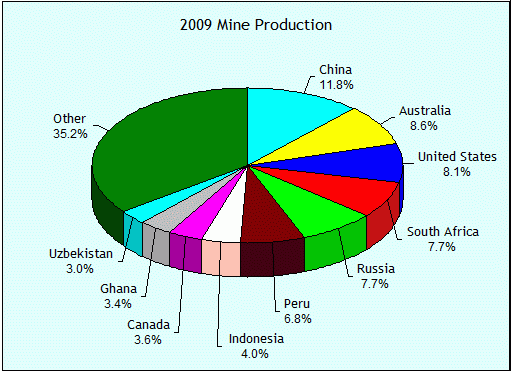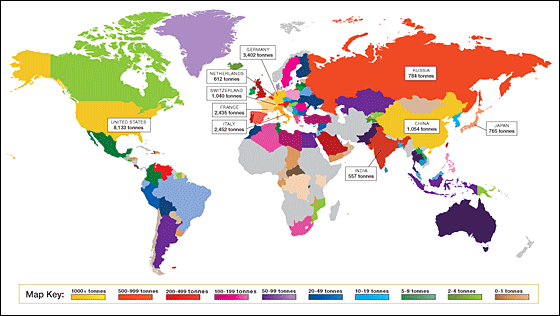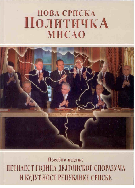| NSPM in English | |||
Geopolitics and the World's Gold Holdings |
 |
 |
 |
| ponedeljak, 25. april 2011. | |||||||||||||||||||||||||||||||||||||||||||||||||||||||||||||||||||||||||||||||||||||||||||||||||||||||||||||||||||||||||||||||||||||||||||||||||||||||||||||||||||||||||||||||||||||||||||||||||||||||||||||||||||||||||||||||||||||||||||||||||||||||||||||||||||||||||||||||||||||||||||||||||||||||||||||||||||||||||||||||||||||||||||||||||||||||||||||
|
(Global Research, April 23, 2011)
The figures on gold holdings pertain to central bank holdings. They do not include private holdings of gold by individuals and financial institutions. The official central bank figures cannot be verified, nor can the total amount of gold derivatives transacted in financial markets. There is no reliable data on private gold holdings. With regard to official US gold holdings at Fort Knox, there has been no independent audit of official holdings. According to Rep. Ron Paul: "Our Federal Reserve admits to nothing, and they should prove all the gold is there. There is a reason to be suspicious, and even if you are not suspicious, why wouldn't you have an audit?” (Ron Paul calls for audit of US Gold Reserves, quoted in The New American, August 30, 2010). "The last and only time that an audit was performed on the gold held in Fort Knox was issued within hours of President Dwight Eisenhower’s inauguration on January 20, 1953." (New American, op.cit. emphasis added) Physical gold holdings constitute a crucial geopolitical variable in the confrontation between competing economic powers. They are also central to an understanding of the debt crisis. Both Russia and China have significantly increased their gold holdings in recent years. Large amounts of US dollar denominated debt instruments have been converted into gold. The official figures for China are based on released data by the People's Bank of China. There is reason to believe that only part of the official purchases are made public, to the extent that the People's Bank of China reserves may be much higher those recorded in official statistics. Conversely, there is reason to believe that US holdings at Fort Knox may be significantly lower than what is conveyed in official figures. "China is on a gold buying spree these days. The Chinese central bank-the People's Bank of China-is taking a series of steps to increase its gold reserves to ensure that the precious yellow metal replaces forex reserves held in the US dollar. In the last few months, there have been talks of China following India in buying gold reserves from the International Monetary Fund (IMF). So when IMF announced that it would be selling its remaining 191 tonnes of gold in the open market, several bullion analysts predicted that China would somehow jump into the fray and buy IMF gold. Both China and India are competing in the global bullion markets to be the largest consumers and importers of gold." (See ibtimes.com). Both China and Russia are major producers of gold. Of geopolitical significance, China is the World's largest producer of physical gold.
1. China: 313.98 mt SOURCE: www.thegoldstandardnow.org
* A tonne, also referred to as a metric ton, has a unit of mass equal to 1,000 kg Statistics acquired from: "World Official Gold Holdings." World Gold Council, Jan 2011. Web. 1 Feb 2011. |
|||||||||||||||||||||||||||||||||||||||||||||||||||||||||||||||||||||||||||||||||||||||||||||||||||||||||||||||||||||||||||||||||||||||||||||||||||||||||||||||||||||||||||||||||||||||||||||||||||||||||||||||||||||||||||||||||||||||||||||||||||||||||||||||||||||||||||||||||||||||||||||||||||||||||||||||||||||||||||||||||||||||||||||||||||||||||||||
Ostali članci u rubrici
- Playing With Fire in Ukraine
- Kosovo as a res extra commercium and the alchemy of colonization
- The Balkans XX years after NATO aggression: the case of the Republic of Srpska – past, present and future
- Iz arhive - Remarks Before the Foreign Affairs Committee of the European Parliament
- Dysfunction in the Balkans - Can the Post-Yugoslav Settlement Survive?
- Serbia’s latest would-be savior is a modernizer, a strongman - or both
- Why the Ukraine Crisis Is the West’s Fault
- The Ghosts of World War I Circle over Ukraine
- Nato's action plan in Ukraine is right out of Dr Strangelove
- Why Yanukovych Said No to Europe

.jpg)
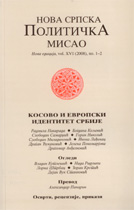

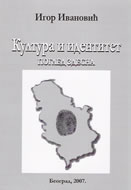

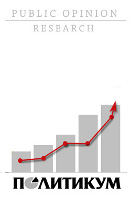



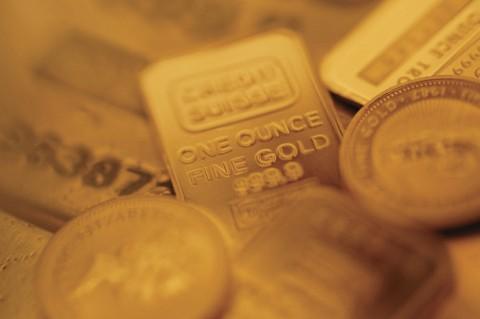 Below are the official country level central bank holdings of gold (scroll down) as well as estimates of mine production of gold by major gold producing countries.
Below are the official country level central bank holdings of gold (scroll down) as well as estimates of mine production of gold by major gold producing countries.